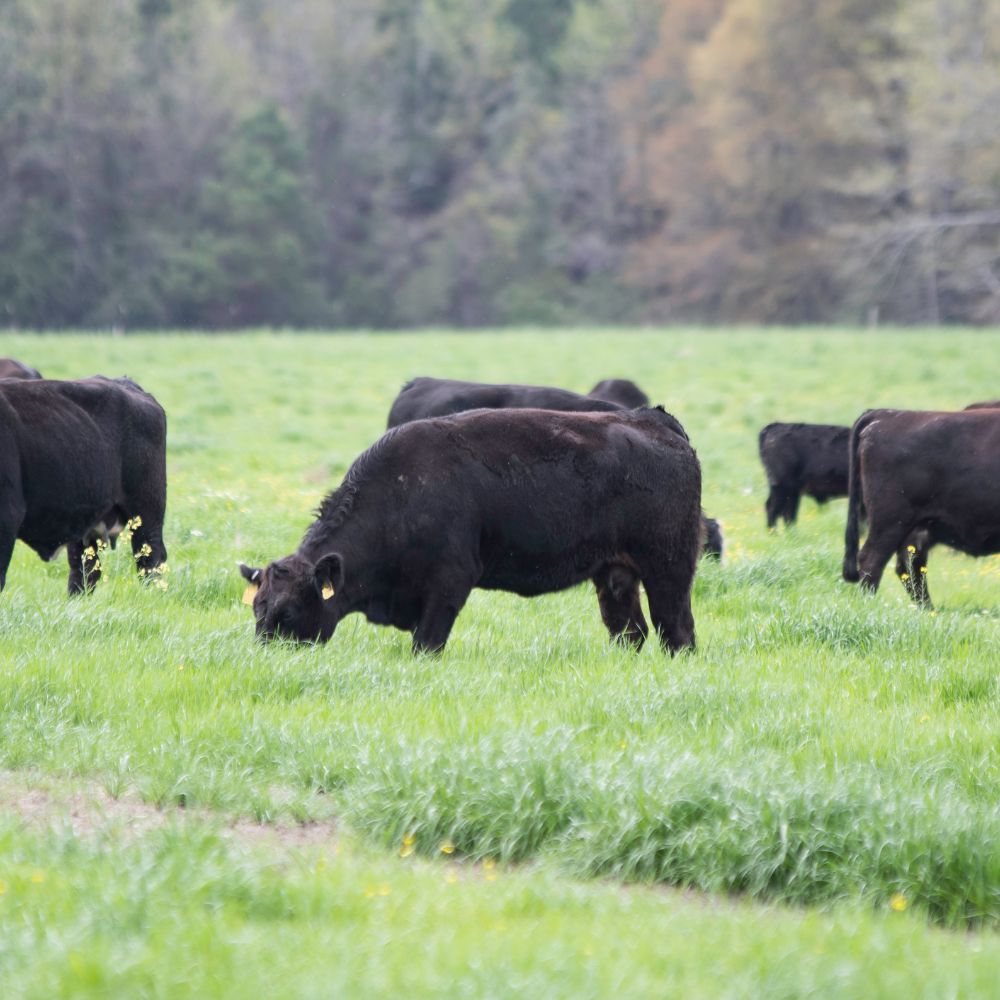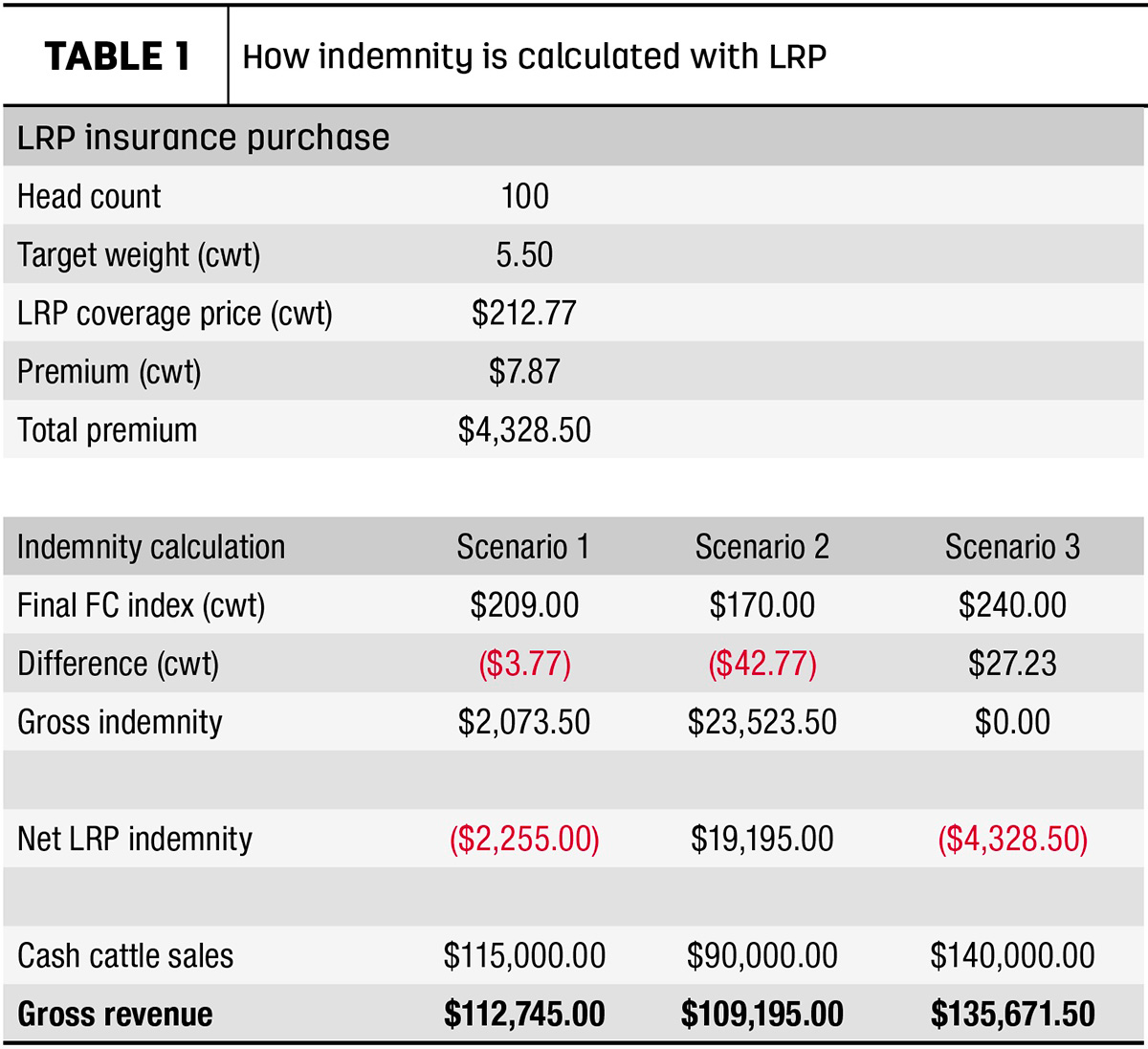Comprehending Livestock Risk Defense (LRP) Insurance: A Comprehensive Guide
Browsing the world of animals threat protection (LRP) insurance policy can be a complicated undertaking for several in the agricultural industry. From exactly how LRP insurance coverage operates to the numerous protection alternatives available, there is much to reveal in this extensive guide that might potentially shape the way livestock producers approach risk management in their services.

Exactly How LRP Insurance Policy Functions
Periodically, understanding the auto mechanics of Animals Risk Security (LRP) insurance policy can be complex, yet breaking down exactly how it works can give quality for ranchers and farmers. LRP insurance coverage is a risk management tool created to safeguard animals producers against unexpected cost declines. It's crucial to note that LRP insurance coverage is not a revenue guarantee; instead, it concentrates only on price risk defense.
Qualification and Protection Options

When it comes to protection options, LRP insurance coverage supplies producers the versatility to select the insurance coverage degree, coverage period, and recommendations that best fit their threat monitoring needs. Protection degrees generally vary from 70% to 100% of the anticipated finishing worth of the insured animals. Manufacturers can also select coverage periods that align with their production cycle, whether they are guaranteeing feeder livestock, fed livestock, swine, or lamb. Recommendations such as price danger defense can even more customize protection to safeguard against unfavorable market fluctuations. By recognizing the qualification standards and insurance coverage choices offered, livestock manufacturers can make educated choices to handle danger properly.
Benefits And Drawbacks of LRP Insurance Policy
When assessing Livestock Threat Defense (LRP) insurance policy, it is essential for animals producers to consider the drawbacks and advantages fundamental in this risk management device.

One of the main advantages of LRP insurance policy is its capacity to provide security versus a decrease in animals rates. This can aid protect manufacturers from economic losses arising from market fluctuations. Furthermore, LRP insurance uses a degree of flexibility, permitting producers to tailor coverage levels and plan periods to suit their specific needs. By securing a guaranteed rate for their animals, producers can better take care of threat and prepare for the future.
One limitation of LRP insurance is that it does not secure against all kinds of risks, such as disease episodes or natural catastrophes. It is important click over here now for producers to meticulously evaluate their specific risk direct exposure and monetary situation to determine if LRP insurance is the best danger management tool for their operation.
Comprehending LRP Insurance Coverage Premiums

Tips for Making Best Use Of LRP Perks
Taking full advantage of the advantages of Animals Danger Security (LRP) insurance coverage requires strategic preparation and aggressive danger administration - Bagley Risk Management. To maximize your LRP insurance coverage, take into consideration the following suggestions:
Routinely Assess Market Conditions: Stay educated concerning market trends and rate changes in the livestock market. By keeping an eye on these factors, you can make educated choices concerning when to buy LRP protection to shield against potential losses.
Establish Realistic Protection Degrees: When picking insurance coverage levels, consider your production costs, market worth of animals, and potential dangers - Bagley Risk Management. Setting realistic insurance coverage degrees makes certain that you are adequately secured without overpaying for unnecessary insurance policy
Expand Your Insurance Coverage: Rather than counting entirely on LRP insurance policy, take into consideration expanding your danger monitoring methods. Combining LRP with various other risk monitoring tools such as futures agreements or choices can give detailed protection versus market uncertainties.
Evaluation and Adjust Protection Consistently: As market conditions transform, periodically evaluate your LRP coverage to find out this here guarantee it lines up with your current risk direct exposure. Changing insurance coverage degrees and timing of purchases can help maximize your danger defense technique. By complying with these tips, you can maximize the benefits of LRP insurance and guard your animals operation against unanticipated risks.
Final Thought
To conclude, livestock threat defense (LRP) insurance coverage is a valuable device for farmers to take care of the economic risks connected with their livestock procedures. By understanding exactly how LRP functions, eligibility and insurance coverage options, in addition to the advantages and disadvantages of this insurance, farmers can make educated decisions to protect their resources. By carefully taking into consideration LRP premiums and executing methods to optimize advantages, farmers can mitigate potential losses and guarantee the sustainability of their procedures.
Animals producers interested in acquiring Animals Risk Protection (LRP) insurance can check out an array of eligibility requirements and insurance coverage alternatives customized to their details animals procedures.When it comes to insurance coverage alternatives, LRP insurance offers producers the flexibility to choose the protection level, protection period, and endorsements that best suit their threat monitoring demands.To comprehend the details of Livestock Danger Protection (LRP) insurance coverage completely, comprehending the elements influencing LRP insurance policy costs go to the website is important. LRP insurance coverage premiums are figured out by numerous components, consisting of the protection degree picked, the expected rate of animals at the end of the coverage duration, the kind of livestock being guaranteed, and the size of the coverage period.Evaluation and Change Coverage Consistently: As market problems transform, regularly examine your LRP insurance coverage to ensure it straightens with your present danger exposure.